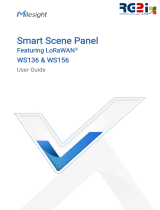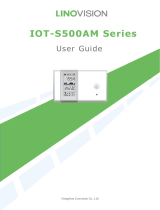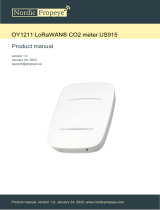
Contents
1. Product Introduction......................................................................................................................... 5
1.1 Overview ...................................................................................................................................5
1.2 Features ................................................................................................................................... 5
2. Hardware Introduction ...................................................................................................................... 5
2.1 Packing List ..............................................................................................................................5
2.2 Hardware Overview ................................................................................................................. 6
2.3 Dimensions (mm) ....................................................................................................................6
2.4 LED Patterns ............................................................................................................................ 7
3. Operation Guide .................................................................................................................................7
3.1 NFC Configuration ................................................................................................................... 7
3.2 LoRaWAN Settings .................................................................................................................. 8
3.3 General Settings .................................................................................................................... 11
3.4 Threshold Settings ................................................................................................................ 11
3.5 Milesight D2D Settings..........................................................................................................12
3.6 Maintenance .......................................................................................................................... 12
3.6.1 Upgrade ....................................................................................................................... 12
3.6.2 Backup .........................................................................................................................13
3.6.3 Reset to Factory Default .............................................................................................14
4. Installation ....................................................................................................................................... 14
5. Device Payload ................................................................................................................................ 15
5.1 Basic Information .................................................................................................................. 16
5.2 Sensor Data ........................................................................................................................... 16
5.3 Downlink Commands ............................................................................................................ 17




















